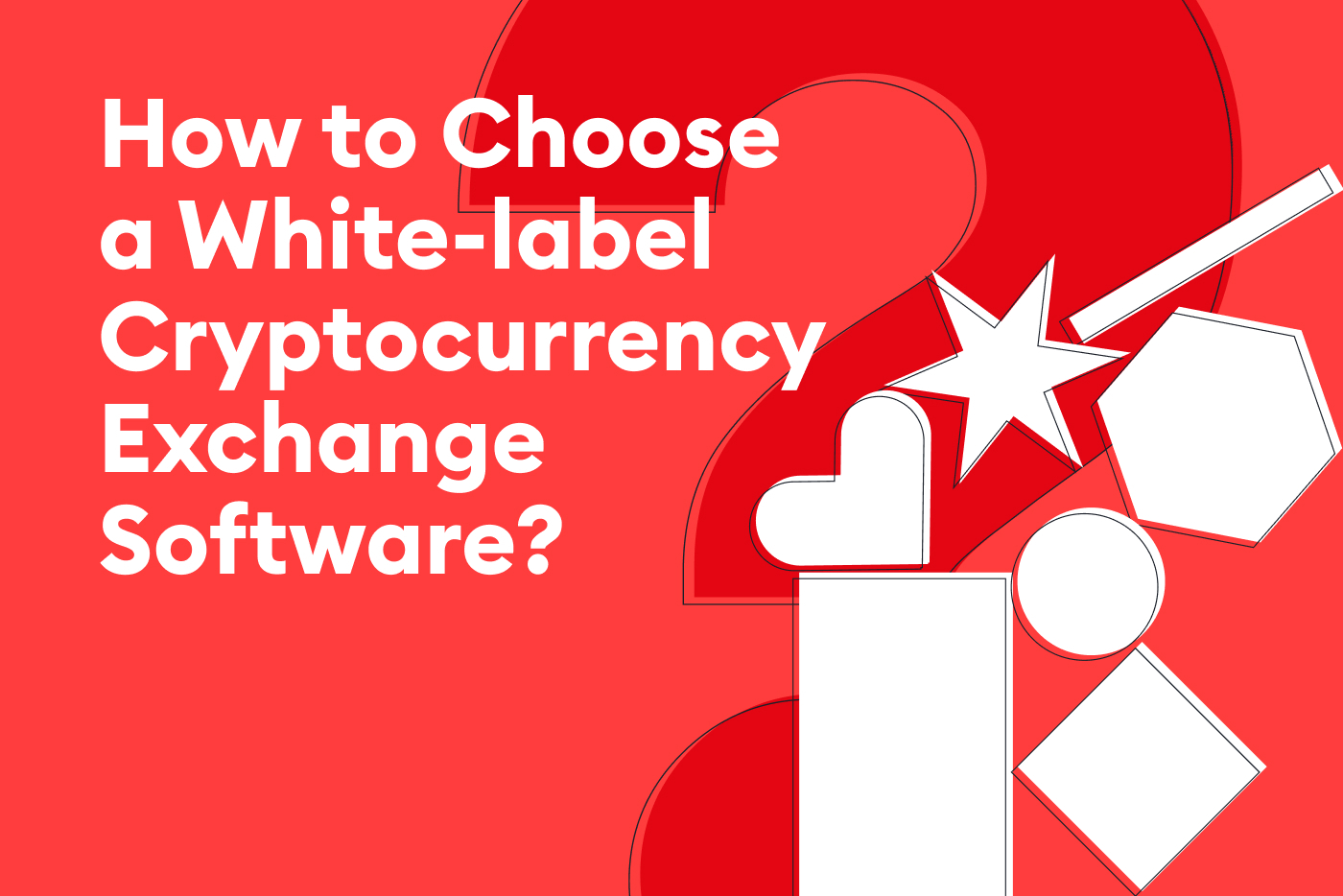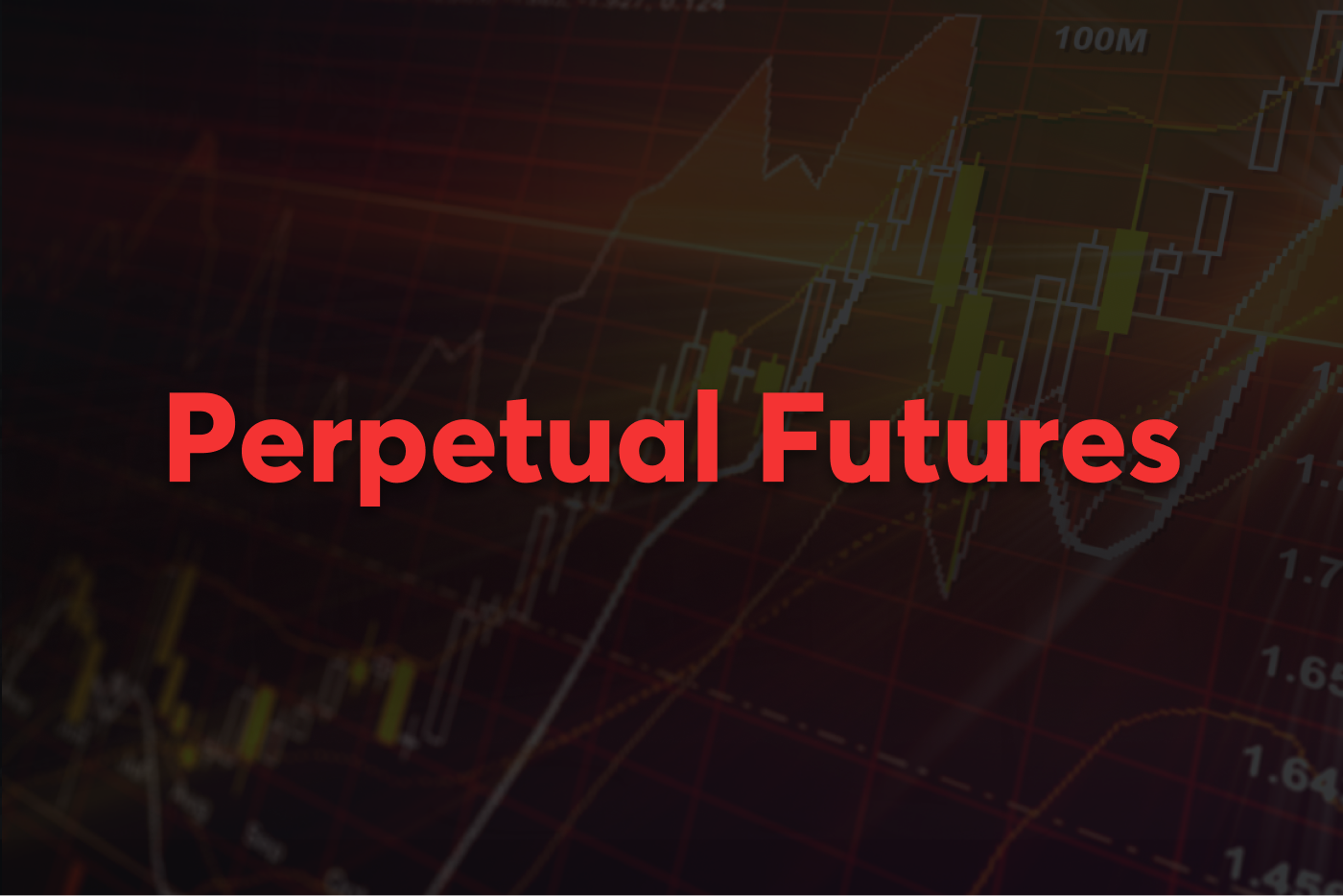
As 2020 leaves us with a bizarre taste, it is worth reviewing some of the highlights that helped in fending off a tough year, and glance over what blockchain trends 2021 can bring. The object of our passion has grown by every important metric out there. Blockchain technology and its applications, such as cryptocurrencies, have continued to gain traction and adoption throughout the world.
2020 waving goodbye ended on a higher note, not only due to people’s hope for a better year. Despite the years’ confinement and on account of economies shutting down, many digital assets have had returns that varied from 50% to +600% in the top 10 (BTC + Blue chips), and are even higher for others. Maximums in hash rates, volume traded (on DEX and derivatives), and even scholarly references have propelled the industry to new levels, helping to set the scene for the time when it explodes.
Still, without disregarding what already happened, the question remains: what blockchain trends can we watch for in 2021?
Messari and TheBlock (among others) have carried out extensive research and formulated several hypotheses as to what we should turn our focus to this new year. Some of the aspects we found most promising are explored below.
Keep in mind that even if it is easy to pre-judge the next section as something that is constantly being talked about and not necessarily “revolutionary,” these are the blockchain trends that are still important to pay special attention to in the new year.
Trend #1. Institutional adoption/capital (present in most of the following trends)
Institutional presence can be perceived as what could be denominated a boom year in the digital asset industry. Both centralized and decentralized service providers in lending/borrowing, custody, clearing/settlement, liquidity providers, and derivatives (among others), have demonstrated the space capacity for accepting every type of player. Projects like BlockFi, institutional investors like Genesis and BitGo, and DeFi lending protocols such as Aave, Compound, and Curv, helped bring greater liquidity and stability to the industry. We expect this trend to intensify as a more heterogeneous group of investors enter the space. Traditional finance institutions such as Goldman Sachs, JP Morgan, Paypal, Nasdaq exchange and many others, appear to lead the cause for adoption of blockchain applications and the leveraging of its benefits [1][2]. The industry is ready to service institutional investors that are not only ready to take higher legal and operational risks, but those subject to the strictest fiduciary standards, as well.
Trend #2. Stablecoins
One of the biggest growths seen in the space is attributed to stablecoins. Stablecoins grew their supply from US$ 5.9B to 26B in 2020 and are expected to increase at even higher rates in the coming time, given new information on how they are to be treated by institutions.
Initially, stablecoins were used as an alternative for unregulated exchanges that had no gateways to move within the digital assets realm. Later, they served as a way to keep funds locked in the digital asset universe as opposed to leaving through fiat gateways. Nowadays, evolved stablecoin issuing companies have the ambition to expand into payments, remittances, and become the on and off-ramps for banks and financial institutions.
Although they still face several challenges for widespread adoption, such as monetary sovereignty risk, AML/CFT compliance, regulatory uncertainty, blockchain guarantees and customer protection, the path is getting more straightforward. A recent letter from the US Treasury Office of Comptroller of Currency (OCC) emitted authority for national banks and federal savings associations to “participate in independent node verification networks (INVN) and use stablecoins to conduct payment activities and other bank-permissible functions” [3]. This helps in clarifying any legal uncertainties over the authority of banks to connect to blockchain as validation nodes.
Trend #3. DeFi
Decentralized finance (DeFi) has been adopting known principles from traditional finance. Token valuation and the role of governance set the basis for better value comparison than that of 2017 cryptocurrencies ATH, helping to diminish a “bubble-scenario” mentality, and have become clearer ahead of 2021. On a related note, traditional venture funding and M&A has recorded the most transactions in a year so far. With roughly US$ 3.1B allocated to blockchain projects and over 80 mergers amounting to US$ 690M+ carried out by major players Binance, Coinbase, FTX, this type of transaction shows no signs of slowing down in the near future.
DeFi protocols are now measured in the billions, with DEXs exceeding US$100 billion in annual trade volume in 2020 (132x since 2019), and a total value locked in DeFi of US$19.06 billion [4].
This 2020 also marked itself as the year of banking in digital assets so far, regarding legacy fintech and financial services’ interest in digital assets, as many large financial companies accelerated their incursion in expanding blockchain capabilities. The opposite is also true. Some digital asset companies such as Kraken have already obtained a bank-like charter, called Special Purpose Depository Institutions (SPDI), and many others intend to follow [5].
Trend #4. CBDC
In spite of not having tremendous advances, one of the hottest topics of the past year (and most likely next year as well) are Central Bank Digital Currencies (CBDCs). 2020 marked an accelerated pace of new central bank digital currency (CBDC) conversation, research, partnerships, and advanced stages of pilots. With the Bahamas claiming the title of introducing the first CBDC, the race continues and has economies like China and Japan at the head. In fact, in a survey carried out in 2019 by the Bank of International Settlements, over 50 countries were carrying out work in CBDCs [6].
Trend #5. Regulatory landscape
A sensitive subject is (and will be for some time at least) the regulatory landscape that surrounds the digital asset industry. Possible tax enforcement escalation as well as the treatment that cryptocurrencies will receive (security versus non-security mainly) will continue to loom over the shoulder of every major player that has intentions to enter, while maintaining adequate compliance, high standards and reputation. One recent case of this is the actions the US Securities and Exchange Commision (SEC) has taken against Ripple, a centralized blockchain technology company that on several occasions raised funds amounting to US$ 1.3B through an “unregistered, ongoing digital asset securities offering” [7].
On the other hand, in even more recent news and as mentioned above, US regulation on stablecoins has proven to be friendlier to the space than expected [8].
Trend #6. Synthetics
Macro tail wind and momentum have propelled the growth in many cryptocurrencies. Although it’s not the only one, Bitcoin has especially leveraged the fact that it’s getting safer to be purchased. With it, many traditional (i.e not blockchain) companies have been looking to invest in it through new investment vehicles called “synthetics”. With Grayscale at its head, many funds were created to buy and actively manage established cryptocurrencies, offering publicly traded shares in its place, thus providing an almost direct exposure to underlying digital assets. This niche has only started to scratch its upside potential; JPMorgan noted that “$13.1 trillion went into bonds, $11 trillion into equities… and only $0.3 trillion into bitcoin” [8].
SCALABLE 2021
Our 2021 will have the same mentality we’ve had since the start; to provide the best technology and service to each one of our clients. We have the knowledge, technical capabilities and team to fulfill customized and challenging blockchain projects. Naturally, we’ll continue improving and maintaining our standard (industry’s best practices) and further develop new technologies. Planning an exchange or blockchain based project in 2021? Get in touch with us today.
References
[1] Kentouris, Chris. “Digital Asset Market 2021: The Year of the Institutional Investor?” FinOps, 7 Dec. 2020, finopsinfo.com/regulations/rules/digital-asset-market-2021-the-year-of-the-institutional-investor/.
[2] “Digital Assets and Institutions: The New Whales.” Scalable Solutions, 10 Dec. 2020, scalablesolutions.io/news/institutions-and-digital-assets-the-new-whales/.
[3] “Federally Chartered Banks and Thrifts May Participate in Independent Node Verification Networks and Use Stablecoins for Payment Activities.” OCC, 4 Jan. 2021, www2.occ.gov/news-issuances/news-releases/2021/nr-occ-2021-2.html.
[4] “DeFi Pulse: The DeFi Leaderboard: Stats, Charts and Guides.” DeFi, 5 Jan. 2021, defipulse.com/.
[5] DiCamillo, Nathan. “Kraken Becomes First Crypto Exchange to Charter a US Bank.” CoinDesk, CoinDesk, 17 Sept. 2020, www.coindesk.com/kraken-crypto-exchange-secures-bank-charter-under-wyoming-law.
[6] “What Are the Main Goals for Central Banks in 2021?” International Banker, 4 Jan. 2021, internationalbanker.com/banking/what-are-the-main-goals-for-central-banks-in-2021/.
[7] “SEC Charges Ripple and Two Executives with Conducting $1.3 Billion Unregistered Securities Offering.” Sec.gov, 22 Dec. 2020, www.sec.gov/news/press-release/2020-338.
[8] Please see the stablecoin section, as well as keeping in touch for our next pieces on regulation of stablecoins.
[9] McCall, Matt. “Cryptocurrencies Outlook 2021: The Best Performing Asset Class Is Primed for More.” Nasdaq, InvestorPlace, 23 Dec. 2020, www.nasdaq.com/articles/cryptocurrencies-outlook-2021:-the-best-performing-asset-class-is-primed-for-more-2020-12.
Sources
Arslanian, Henri. “10 Predictions for 2021: China, Bitcoin, Taxes, Stablecoins and More.” CoinDesk, CoinDesk, 24 Dec. 2020, www.coindesk.com/10-predictions-for-2021-china-bitcoin-taxes-stablecoins-and-more.
TwoBitIdiot. “Crypto Theses for 2021.” Messari.io, Bitstamp, Babel Finance, 17 Dec. 2020, messari.io/pdf/messari-report-crypto-theses-for-2021.pdf.
“The Block Research – 2021 Digital Asset Outlook Report.” The Block, Genesis, EToro, 27 Dec. 2020, www.theblockcrypto.com/post/88463/2021-digital-asset-outlook.

